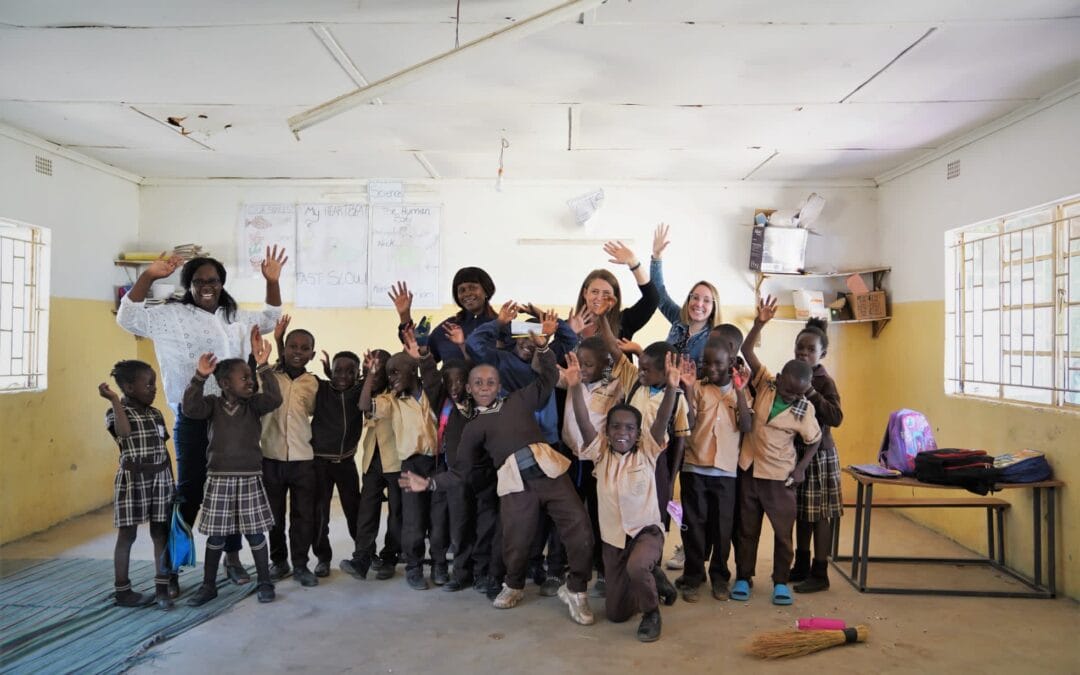January 2024
Dr. Rosaria Kunda Marron
As the year 2023 came to an end, the World Bank Group gave an overview of the global education sector (1). Education was defined as a human right, a powerful driver of development, and one of the strongest instruments for reducing poverty and improving health, gender equality, peace, and stability. It was also highlighted that education delivers large, consistent returns in terms of income, and is the most important factor to ensure equity and inclusion.
Based on our experience working in the sector, we agree that various countries in Sub-Saharan Africa have made tremendous progress in getting children into the classroom and more children worldwide are now in school. Various initiatives and innovations have contributed to this, even after the disruptions caused by the COVID-19 pandemic. However, available information points to acute teacher shortages in the region, with 5.4 million additional teachers needed at primary (basic) level to achieve SDG 4 by 2030 (UNICEF, 2023). Research suggests that more teachers are needed to compensate for the expansion in access to education and the expected attrition.
Last year, I worked with UNICEF Zambia and UNICEF’s Global Office of Research and Foresight (GORaF) to explore how the allocation of teachers at primary school level may be optimized to improve equity in learning outcomes for primary school level students at national and subnational levels in Zambia. This was part of UNICEF’s global Teachers for All (T4A) Project, which is being undertaken in 14 countries in Sub-Saharan Africa, and included an assessment of opportunities, policy gaps, and bottlenecks in the availability and equity of teachers, both across and within schools, and its impact on student learning outcomes.
The government of the Republic of Zambia has prioritized the provision of free basic education, and with-it mass teacher recruitment and allocation. Over 30,000 teachers were recruited in 2022 with another mass recruitment planned for the near future. The process of the mass recruitment and allocation in the 2022 was different from previous processes and widely viewed as a success, with more transparency and accountability than previous recruitment drives. A key aspect was the decentralization of the recruitment process, and the involvement of key stakeholders at district, provincial and central levels of administration. As we await the release and publication of the report, we do hope that Zambia’s commitment to increase access to education will continue, and that this will be accompanied by increased participation in schooling and improved quality of education provision.
